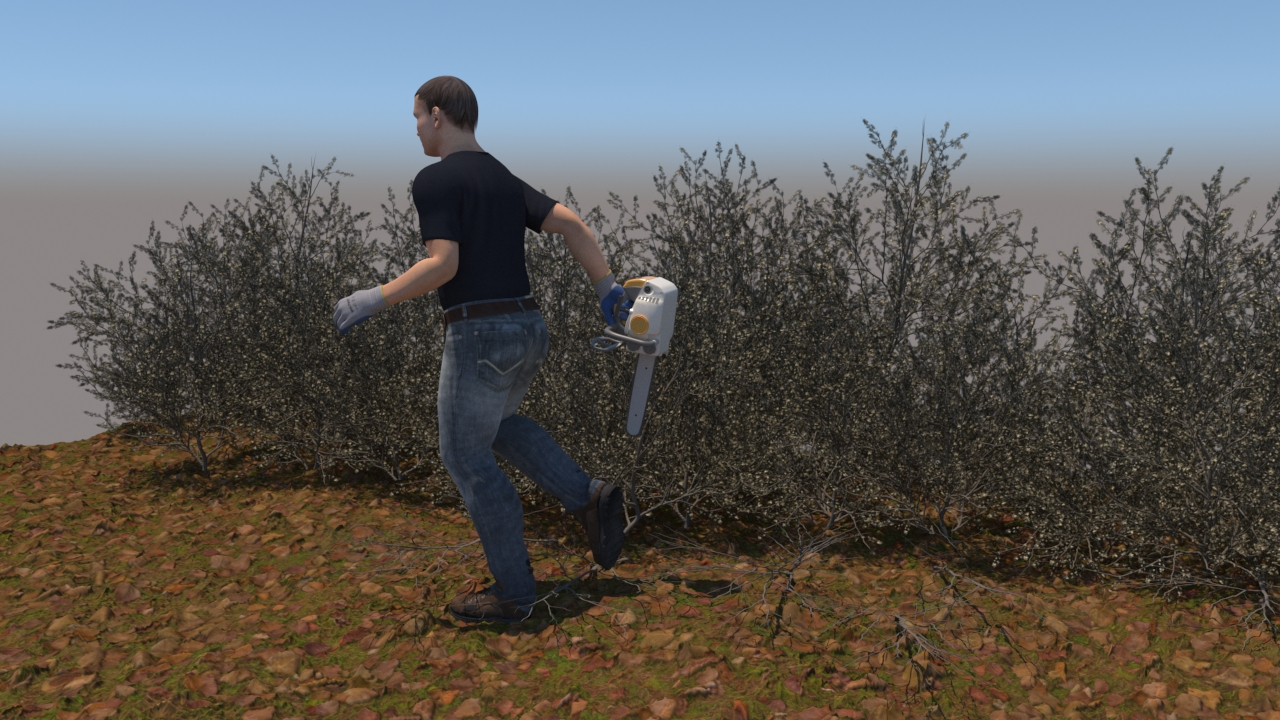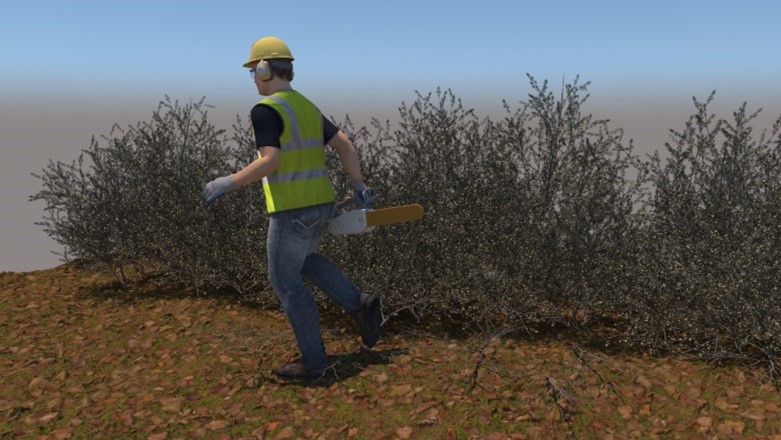Case Study
Power Tools
An experienced handyman ends up with a severe leg laceration while using a chain saw. Was it a defect in the design of the tool or its safety systems? Was it improper use? Was it the wrong tool for the job? Was it lack of training? Was it a failure to heed the warnings and instructions?
S-E-A was asked by the tool manufacturer to conduct an evaluation of the incident, which included examining the chain saw, assessing the injury, determining the necessary kinematics that led to the event, evaluating the product manual and warnings, understanding the applicable standards, and creating demonstrative exhibits to be used at trial. Additionally, S-E-A was requested to evaluate the opinions of other subject matter experts.
How does a worker end up with a severe leg injury during the course of his daily work activities?
S-E-A was asked to fully evaluate the chain saw and conduct a biomechanical evaluation of the sustained injury.
To perform the analysis, S-E-A took the following steps:
- The subject chain saw and incident site was inspected and documented with measurements, photographs, and 3D laser scans.
- The medical evidence, including several imaging studies, was evaluated and the possible scenarios that could result in the subject injury were evaluated.
- An assessment of the available PPE, training, and safety protocols was conducted.
- 3D models of the site, including the worker, the chain saw, and the environment, were created to clearly demonstrate the causative scenario to the jury, as well as demonstrate how proper usage and PPE could have avoided the injury altogether.
Evidence was evaluated resulting in the following findings, among others:
- Had the worker engaged the chain brake, the injury would not have occurred.
- Had the worker been wearing the appropriate and available PPE, his injury would not have occurred or would have been significantly less severe.
- The worker failed to follow instructions and warnings and was not trained appropriately.
- The chain saw was reasonably safe for its intended use and even reasonably foreseeable misuses.
- The chain saw complied with all applicable standards at the time of its design and manufacture.
- The particular chain saw was not the appropriate tool for the job.
- The opposing expert’s proposed design modifications were not feasible and the expert failed to consider industry standards and the state-of-the-art of the industry.
While painstaking research, engineering expertise and sophisticated lab equipment are key elements in reaching a sound scientific conclusion, the multi-disciplinary teams at S-E-A are a large part of the reason why we have been able to help so many clients find real answers. Our scientific methodologies cross all disciplines and our wealth of experience solving a wide range of problems is invaluable in assuring broad perspective and thinking unfettered by familiarity and repetition.



